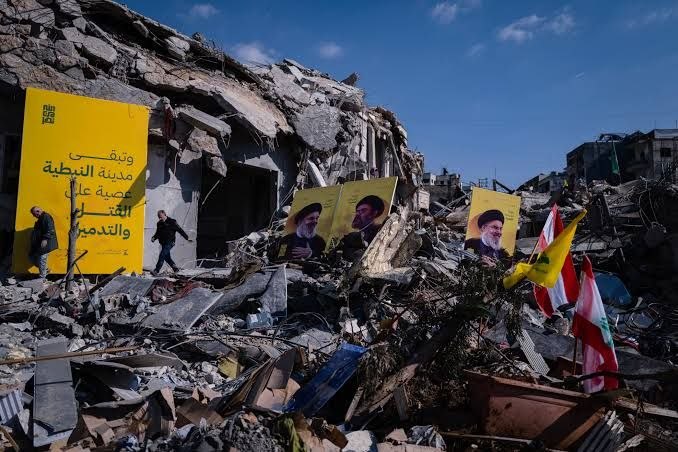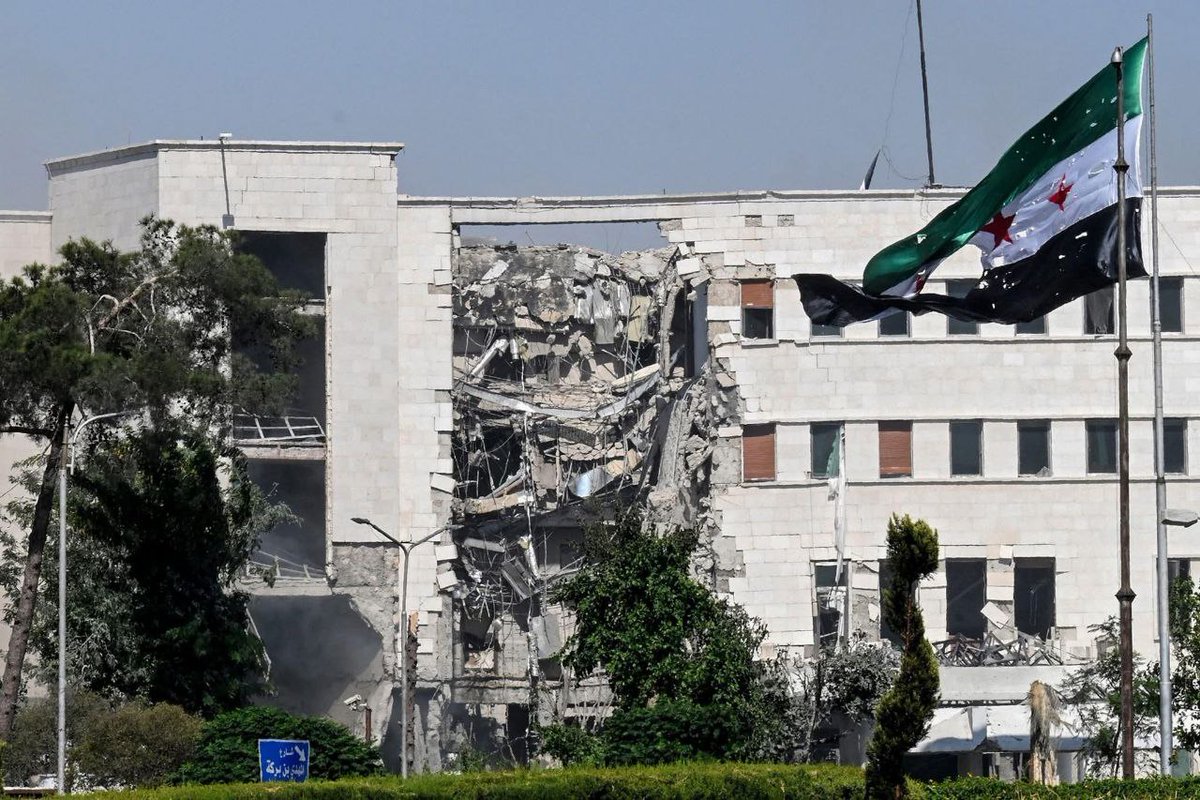A thread explaining the military, humanitarian, and diplomatic situation of #Mariupοl after around 10 days of siege of the city.
1/11
1/11
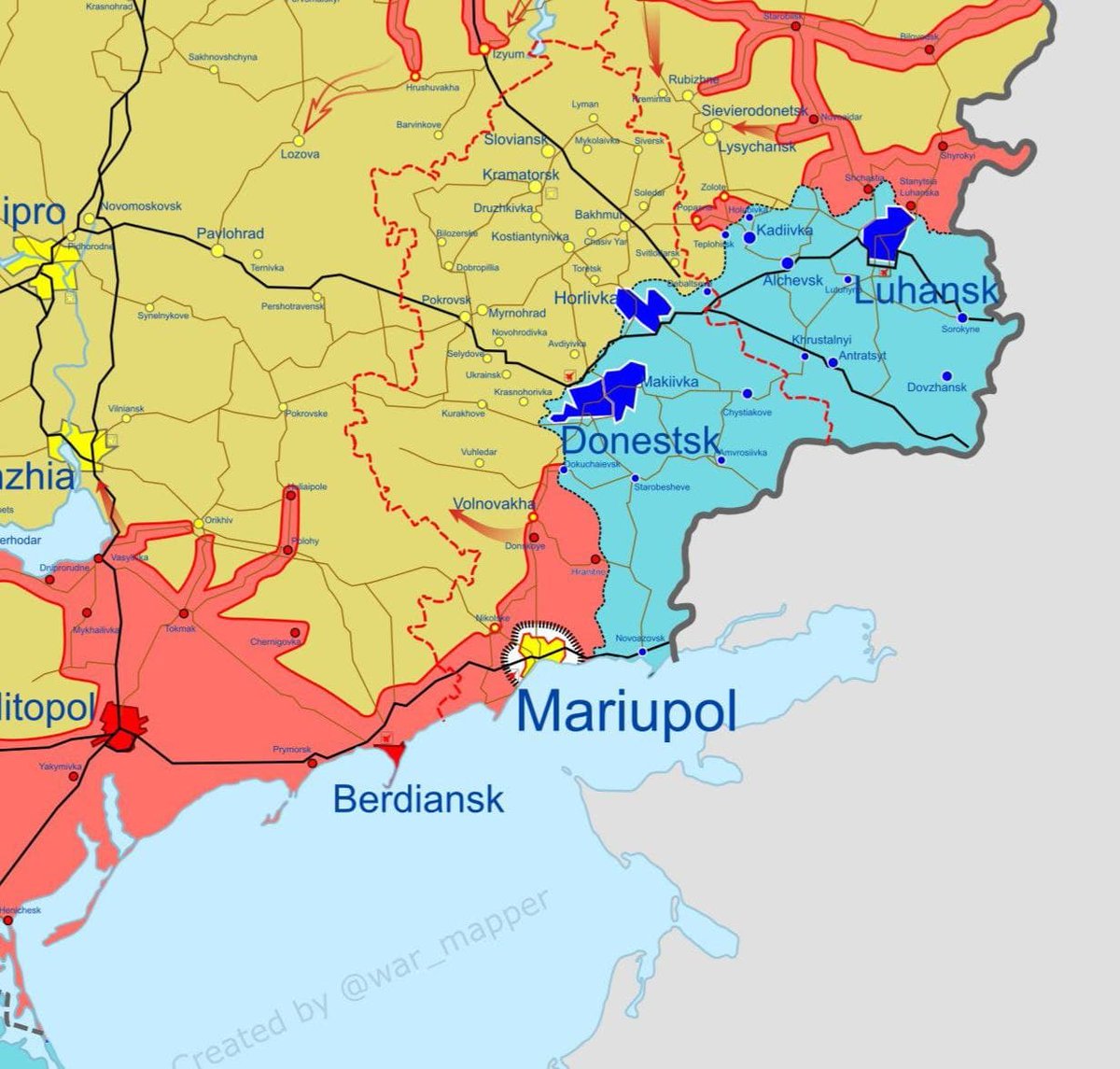
In the humanitarian scene, electricity has been cut off from the city since the beginning of the siege as a result of the Russian army’s targeting of power supply stations, causing the heating stopping in a cold winter weather with temperatures of -10 in the evening.
2/11

2/11


We are talking about more than 300,000 people who did not leave the city with the interruption of the food supply. This pushed the population towards consuming canned food, which is also starting to run out, with very limited sources of drinking water.
3/11
3/11

According to local sources, the number of civilians killed exceeded 1,000. The number of casualties was high as a result of snipping & the unstoppable indiscriminate bombardment of the city, with a lack of medical supplies and closure of most hospitals.
4/11
4/11

There are cases of sick people with chronic diseases who are in dire need of health care, people infected with the Covid-19 virus who need oxygen, but there is little availability while most of the population lives underground.
5/11
#Ukraine #USA #NATO #EU #UK #Russia
5/11
#Ukraine #USA #NATO #EU #UK #Russia
On the military front, the Russian army, despite the insane bombing of the city, tried to storm it only twice, and was met with resistance from the Ukrainian army and the National Resistance. Until this moment it has not been able to enter any of the city's neighbourhoods.
6/11
6/11

The reasons of the siege on the city are the following: The Russian army, through this difficult humanitarian scene, wants to push the Ukrainian army to protect the population there by surrendering and handing over the city without resistance.
7/11

7/11

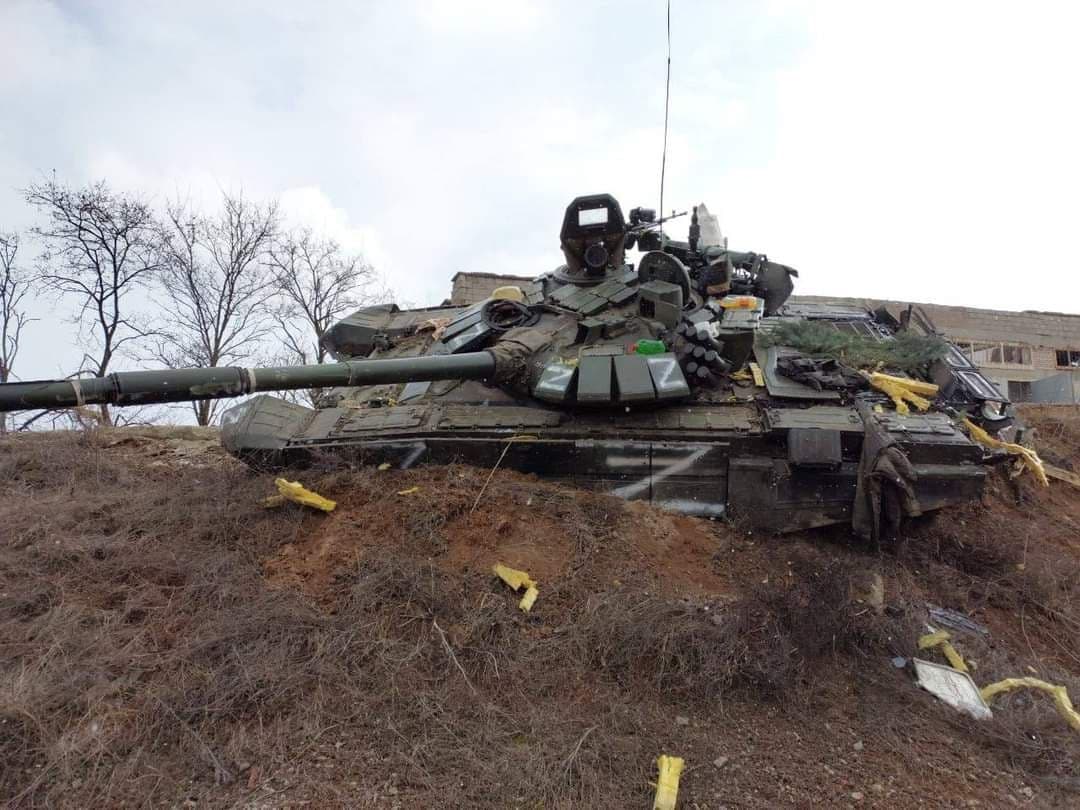
Nor does Moscow want to allow civilians in a city to go to the areas of the Ukrainian government so that they do not join the National Resistance and return to fight them again.
8/11
8/11
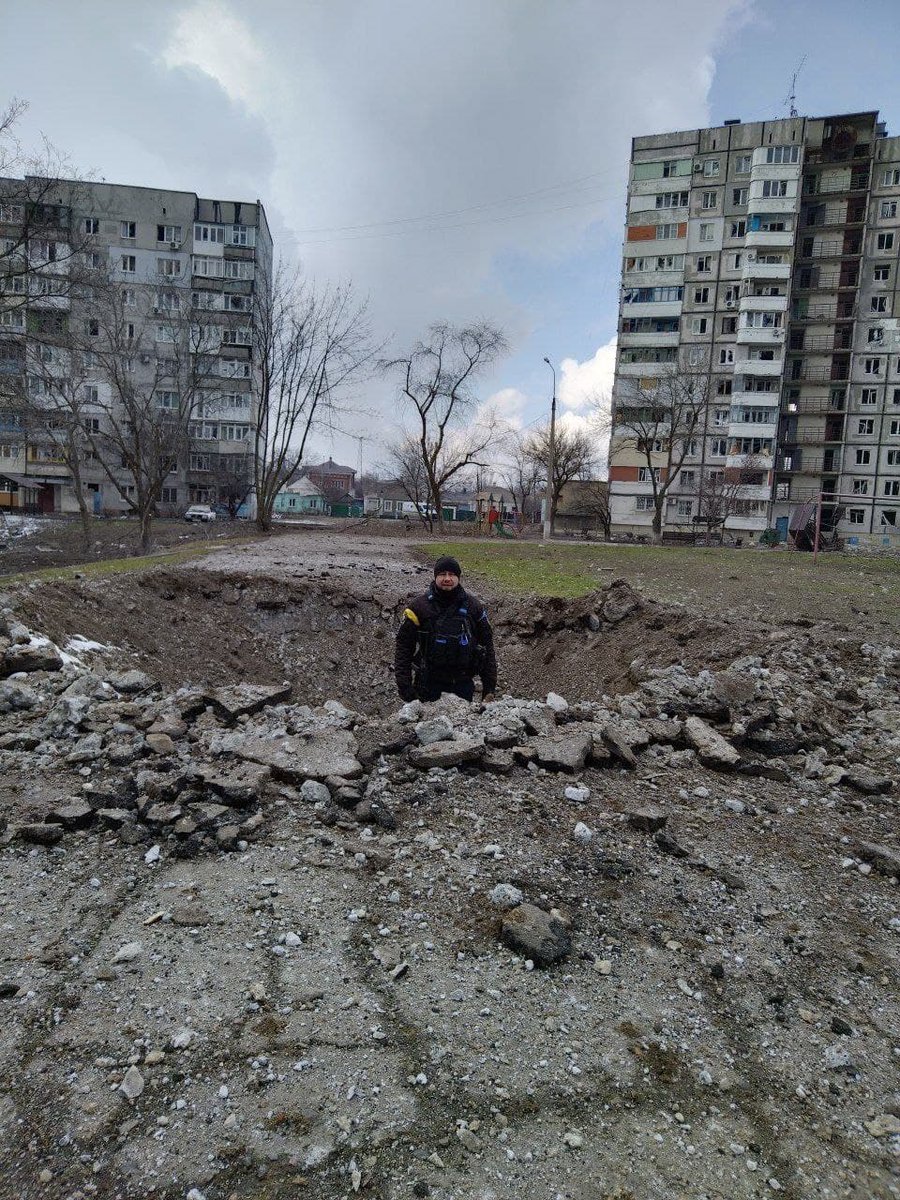
On the diplomatic scene, Ukrainian officials, headed by the foreign minister, are still trying to pressure #Russia internationally to open a safe crossing to the city, or at least deliver urgent aid, but today #Lavrov answered that the decision is not in his hands.
9/11
9/11

Yes, the decision is not in Lavrov's, nor Shoigu's hands. The decision on all the war crimes that are taking place in Ukraine & before that in Syria are in Putin's hands. He decided the invasion of Ukraine & the killing of its people. He is the one who should pay the price.
10/11
10/11

I call on all political forces in the world to press for the evacuation of civilians from #Mariupol, so that we do not witness scenes that we have experienced in the past in #Syria. Human lives cannot be used as a bargaining chip to meet the demands of an arrogant human being.
11
11

• • •
Missing some Tweet in this thread? You can try to
force a refresh


